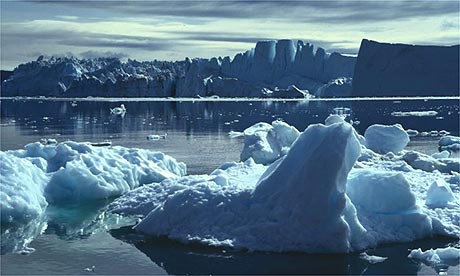Sometimes the news makes you want to crawl under your bed and hide. Other times there’s great hope and I'm ready to dance and cheer. These related stories for the week beginning September 9, 2007:
--- In an unprecedented occurrence for a tropical cyclone, Humberto leaped from tropical depression status with 35-mph winds to a hurricane with 85-mph winds in 18 hours. The storm crashed into the Texas coast with little warning. Refineries in Humberto’s way shut down and oil on the futures market went over $80 a barrel for the first time.
"To put this development in perspective — no tropical cyclone in the historical record has ever reached this intensity at a faster rate near landfall," said senior hurricane specialist James Franklin of the National Hurricane Center in Miami.
--- A federal judge said it was OK for the state of Vermont to regulate greenhouse gases from cars and trucks. The ruling opens the doors for more than a dozen states to follow along. For the moment the states have more power than the EPA on vehicle greenhouse gas emissions.
--- The European Space Agency (ESA) announced that the Northwest Passage - the long sought ice-free trade route from Pacific to Atlantic across the top of Canada - is now just that: ice free.
(The shorter route between Asian and eastern US/European markets would mean lower shipping costs.)
Leif Toudal Pedersen from the Danish National Space Centre is a little concerned, however.
“We have seen the ice-covered area drop to just around 3 million square kilometers which is about 1 million square kilometers less than the previous minima of 2005 and 2006. There has been a reduction of the ice cover over the last 10 years of about 100 000 square kilometers per year on average, so a drop of 1 million square kilometers in just one year is extreme.
"The strong reduction in just one year certainly raises flags that the ice (in summer) may disappear much sooner than expected and that we urgently need to understand better the processes involved," said Pedersen.
In other words, climate change might be accelerating. The date for a summertime ice free Arctic may come sooner than the predicted 2040, but all eyes will be on a Greenland meltdown. (Its melting glaciers will cause the oceans to rise.)
--- In an interview with the BBC, chief science advisor to President Bush, Professor John Marburger, now says, with 90 percent certainty, that climate change is now a fact and greenhouse gas emissions from mankind are to blame.
He too is concerned.
"I think there is widespread agreement on certain basics, and one of the most important is that we are producing far more CO2 from fossil fuels than we ought to be.
"And it's going to lead to trouble unless we can begin to reduce the amount of fossil fuels we are burning and using in our economies."
"The CO2 accumulates in the atmosphere and there's no end point, it just gets hotter and hotter, and so at some point it becomes unlivable," he said.
Unlivable. Mankind is in trouble.
With continued troublesome news on climate and energy automakers seem to be responding.
--- Chrysler, newly set free from Daimler, has announced a new division, Envi (like envious or environment) that will focus on electric-drive vehicles and related advanced propulsion technologies. Its first product (with no timeline attached) will be a from-the-drawing-board-up, purpose-built hybrid mimicking Toyota’s Prius, Honda’s Insight, or Chevrolet’s planned Volt.
--- GM was showing off its latest green efforts at the Frankfort Auto Show. Its Opel Flextreme uses the same e-Flex drive system as the Volt concept car shown at the Detroit Auto Show in January. Flextreme is a plug-in hybrid with a small diesel engine used to provide on-board power generation. On a full charge, the Flextreme can drive about 34 miles before the diesel engine cuts in. Total range on one 7-gallon tank of fuel is 444 miles.
(There’s a surprise in the Flextreme trunk too: two Segway electric scooters. The scooters are charged from docking stations integrated into the car.)
--- Volvo has a plug-in hybrid concept as well: ReCharge. With four wheel-hub electric drive motors, ReCharge is also four-wheel drive. On a full charge, the car can travel 62 miles without using any gasoline. It can go 93 miles on less than single gallon of petrol.
For the auto companies the plan to meet the states’ and an eventual federal government ruling on fuel economy and greenhouse gas emissions may be this: Begin building extremely efficient vehicles, like plug-in hybrids, while continuing to offer gas guzzlers like large SUVs. On average (and it’s corporate fleet average they have to meet) enough high mileage vehicles on the road might counterbalance the fuel hogs. (If this theory holds true, look for some rule shifting so cars and trucks are included in the same averaging calculations.)
As frightening as the news may be, there’s continued effort to take some action whether it’s in the court room or the shops and labs of the world’s technology developers. Whether this is all too late remains to be seen.










